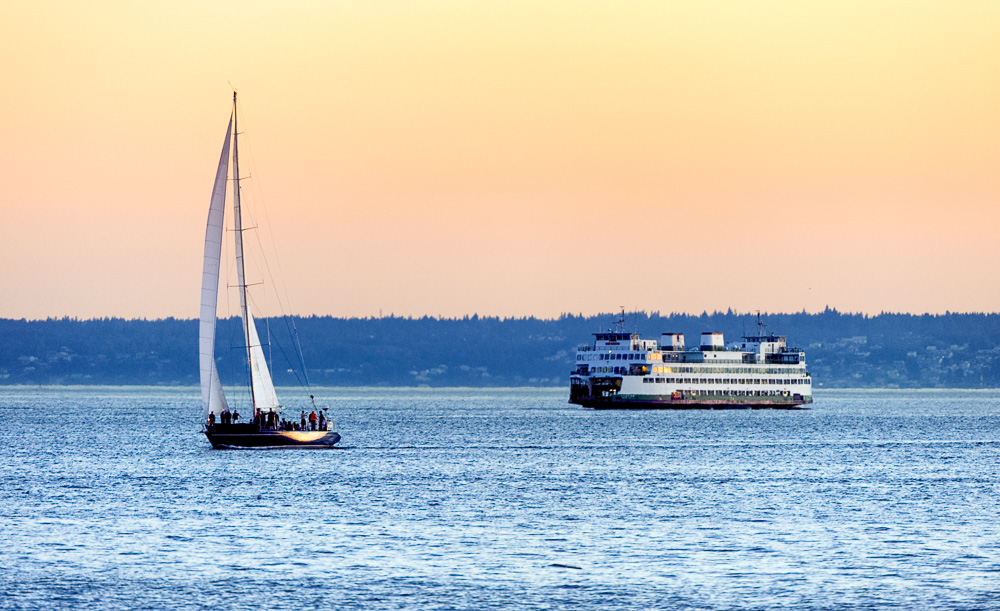
As Seattleites, we don’t often have to think about our access to safe, drinkable water. Unfortunately, according to the World Health Organization, this is the reality that more than 785 million people worldwide have to face as they lack basic drinking-water services. According to the same source, by 2025, half the world’s population will be living in water-stressed areas. At Seattle Public Utilities, we are taking crucial steps to help ensure the safety and abundance of our water supply now to provide for our citizens in the future.
Many may not be aware, but Seattle’s drinking water originates from snowmelt taking place in the Cascade Mountains, just east of the city, which then flows into the Cedar and Tolt rivers. Then chlorine, fluoride, and other water quality treatments are provided at the Cedar and Tolt facilities to help ensure safety. From there, water flows to your tap, ready and safe to drink, but it wasn’t always this way.
The story of Seattle’s water system goes back to 1889. After the Great Fire, citizens voted to fund the creation of a municipally-owned water system. Over time, Seattle purchased the upper Cedar River Watershed and began construction on gravity-powered water transport and storage facilities. Fifty years later, the City purchased its second watershed supplied by the Cascades by way of the Tolt River. Today, these two watersheds, along with many urban watersheds, supply fresh, safe, clean drinking water to over 1.35 million people throughout the Seattle area.

Seattle built a 28.5 mile pipeline that delivered Cedar River water to the Volunteer Park and Lincoln Reservoirs on Capitol Hill.
The Cedar River Municipal Watershed is 90,563 acres of land owned by the city of Seattle. This resource is carefully managed in an effort to supply clean drinking water as well as water for salmon, lakes, and locks. Through this process, we’ve ensured that the Cedar River is an unfiltered surface water supply that produces some of the best water in the world.
Residents don’t have to take our word for it. There are tours and educational programs taking place at the Cedar River watershed all year long, many of which are free of charge. These include:
- Fireside Story Time featuring stories told by a naturalist focusing on various wildlife that call the watershed home
- Adventure Hikes that are both informative and fun
- Haiku Writing Workshop that allow you to explore nature and your creativity
- Cedar River Salmon Journey that allows you the chance to see spawning in person
- School Programs that are naturalist-led tours help students discover where our water comes from and helps to explore the life sustaining connection between the land, water, and people.
To find out more about the Cedar River Watershed programs, click here.
